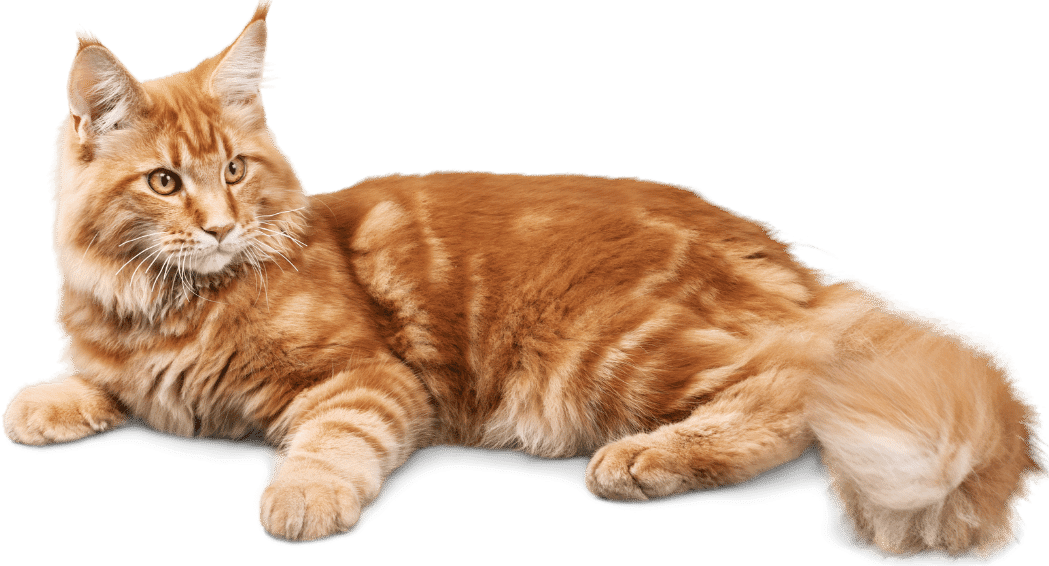Cats have long held a special place in human history, from being revered in ancient cultures to becoming one of the most beloved household pets today. Whether you’re a seasoned cat owner or considering bringing a feline into your life, there’s always something new to learn about these mysterious and affectionate creatures. In this comprehensive guide, we’ll explore everything you should know about cats—from their history and breeds to care, behavior, and health.
Introduction to Cats
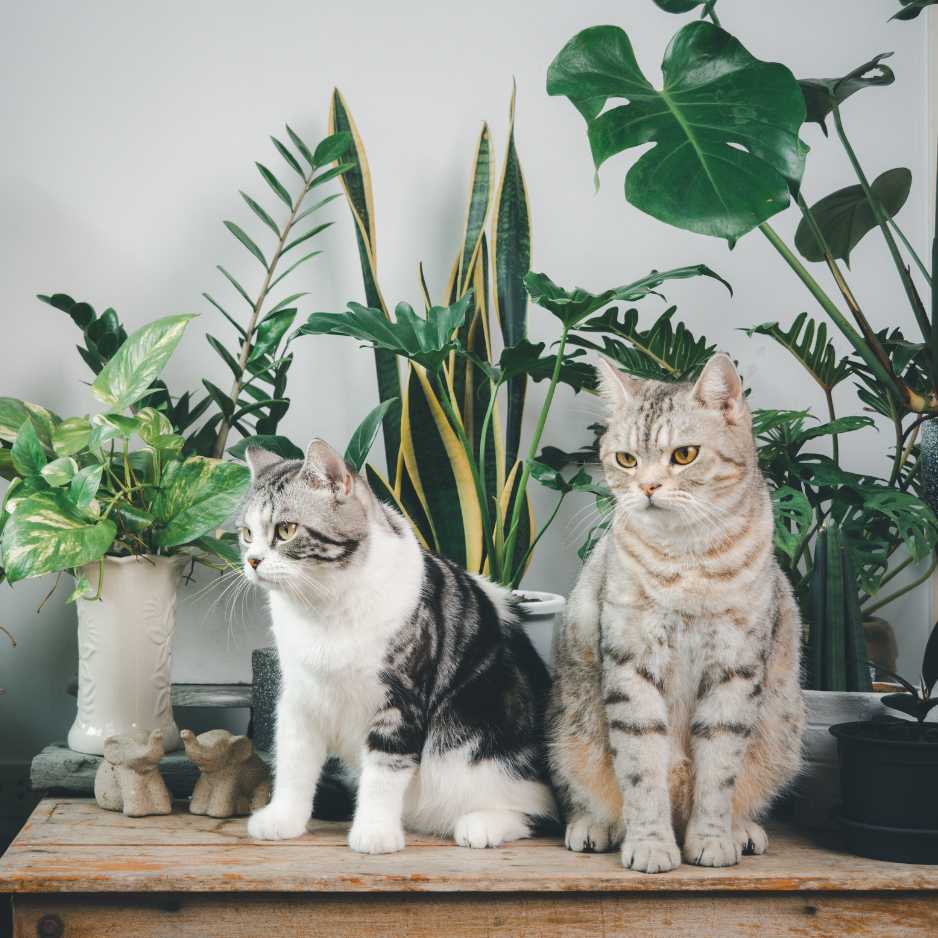
Cats have been domesticated for over 4,000 years, with origins tracing back to ancient Egypt. Initially revered for their hunting prowess and ability to control rodent populations, cats have since evolved into cherished companions. They’re independent yet affectionate, curious but cautious, making them one of the most popular pets around the globe.
But before diving into cat ownership, it’s essential to understand the needs and behaviors of these unique animals. From selecting the right breed to providing the best care, this guide will cover everything you need to know to ensure your cat is happy and healthy.
Popular Cat Breeds
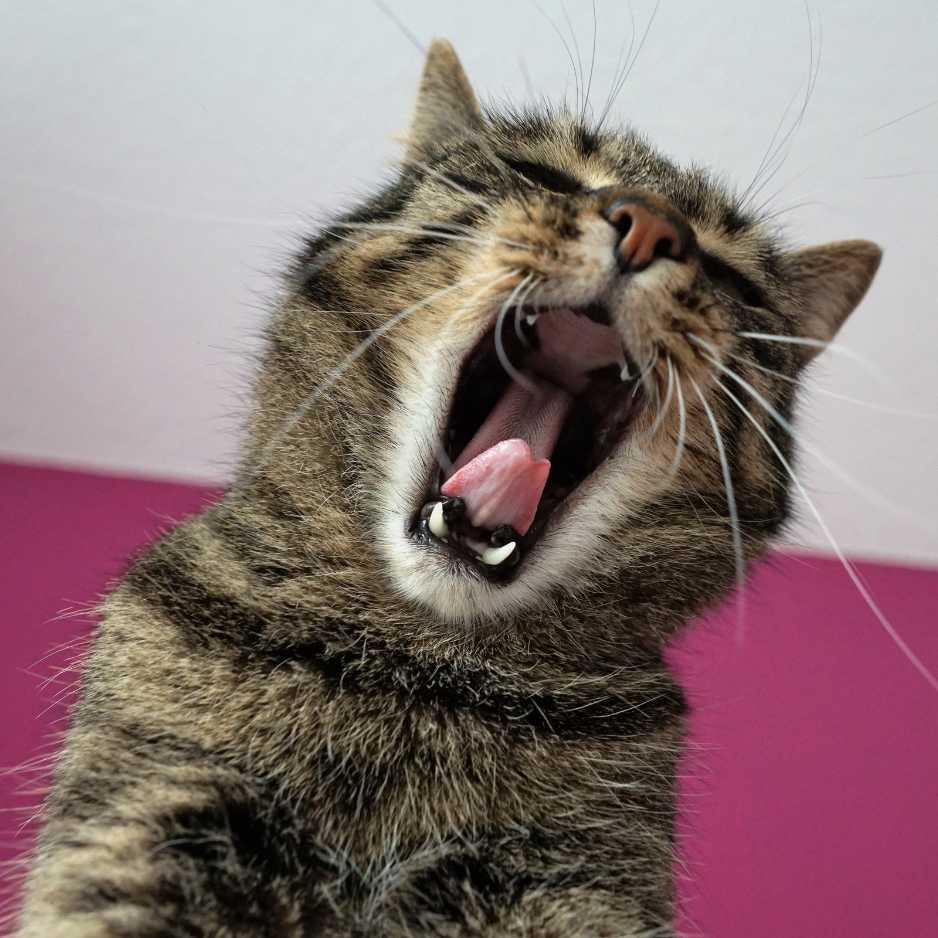
There are over 70 recognized cat breeds, each with unique traits, personalities, and care requirements. Here are a few popular breeds you may want to consider if you’re looking for a new feline friend:
Persian Cats
Known for their luxurious long coats and sweet personalities, Persian cats are one of the most iconic breeds. They are typically calm and prefer a quiet household. Due to their long fur, they require regular grooming to prevent matting.
Siamese Cats
Siamese cats are known for their striking blue eyes, short coats, and vocal nature. They are highly social and enjoy interacting with their human companions. Their short hair makes them relatively low maintenance in terms of grooming.
Maine Coon
Maine Coons are the gentle giants of the cat world, with some males weighing up to 18 pounds or more. They have thick, water-repellent fur and tufted ears, making them well-suited to colder climates. Despite their large size, Maine Coons are friendly, playful, and excellent with families.
Bengal Cats
Bengal cats stand out due to their wild, leopard-like appearance. They are highly active, intelligent, and need plenty of stimulation. Bengals are best suited for experienced cat owners who can provide them with the attention and mental challenges they need.
Sphynx Cats
The Sphynx is known for being hairless, making it a unique breed. Although they don’t have fur, they require regular skin care as their skin can become oily. These cats are affectionate, warm to the touch, and enjoy cuddling.
Physical Characteristics of Cats

Cats come in all shapes and sizes, with physical characteristics that can vary greatly between breeds. Here’s what you need to know about the general physical traits of domestic cats.
Size and Weight
Most domestic cats weigh between 8 to 12 pounds, although certain breeds like the Maine Coon can weigh significantly more. Cats’ sizes generally range from small and slender breeds like the Siamese to more robust and muscular ones like the British Shorthair.
Coat Types and Color Patterns
Cats come in a variety of coat types, from short and sleek to long and fluffy. Common coat colors include:
- Tabby: Striped or spotted patterns
- Solid: One solid color, such as black or white
- Bicolor: Two distinct colors, often white combined with black, orange, or gray
- Calico and Tortoiseshell: Patches of multiple colors, often with a combination of orange, black, and white
Eye Colors
Cats’ eyes are one of their most striking features. Eye colors range from shades of green and yellow to blue. Some breeds, like the Siamese, are known for their piercing blue eyes, while other cats may have a combination of two different colors (heterochromia).
Lifespan
On average, domestic cats live between 12 to 16 years, though many live well into their twenties with proper care. Factors like breed, diet, and overall health can impact a cat’s lifespan.
Personality and Behavior of Cats

Understanding a cat’s personality and behavior is crucial for building a strong bond with your feline friend. While each cat is unique, certain traits are common across breeds.
Affectionate Yet Independent
One of the most appealing traits of cats is their ability to balance affection with independence. Cats enjoy spending time with their owners, whether it’s cuddling or simply being in the same room. However, they are also content being alone, making them a good option for people with busy lifestyles.
Understanding Cat Body Language
Cats communicate a lot through their body language. Here are a few signals to be aware of:
- Purring: Typically a sign of contentment, but sometimes it can also indicate discomfort or anxiety.
- Tail Position: A raised, straight tail generally means a cat is happy, while a tail that flicks or thrashes can indicate agitation.
- Ears: Forward-facing ears suggest curiosity or attention, while flattened ears indicate fear or aggression.
Playfulness and Curiosity
Cats are known for their playful nature, particularly when they are young. Engaging your cat with toys, puzzles, and interactive playtime will help satisfy their natural curiosity and energy levels.
Care Requirements for Cats

Owning a cat comes with the responsibility of meeting its care needs. Proper care ensures a long, happy, and healthy life for your feline companion.
Feeding and Nutrition
Cats are obligate carnivores, meaning they require a diet rich in animal protein. High-quality commercial cat foods are designed to meet their nutritional needs, but it’s important to choose a diet that is appropriate for your cat’s age, size, and activity level.
Grooming
- Short-Haired Cats: These cats require minimal grooming, but a weekly brushing can help remove loose hair and prevent hairballs.
- Long-Haired Cats: Breeds like the Persian need daily grooming to prevent matting and tangling of their long fur.
- Nail Care: Trimming your cat’s nails every few weeks prevents overgrowth and helps reduce the chance of damage to furniture or scratching people.
Litter Box Maintenance
Cats are naturally clean animals, and maintaining a clean litter box is essential. Scoop the litter box daily and clean it thoroughly at least once a week. Some cats may be picky about the cleanliness of their litter box, so regular maintenance is key to preventing accidents outside the box.
Essential Supplies for Cat Owners
- Litter box: One per cat, plus an extra if you have more than one cat
- Scratching post: To prevent damage to furniture and give your cat a place to sharpen its claws
- Cat bed: A cozy place where your cat can feel safe and rest
- Toys: For mental stimulation and exercise
Health and Common Issues in Cats
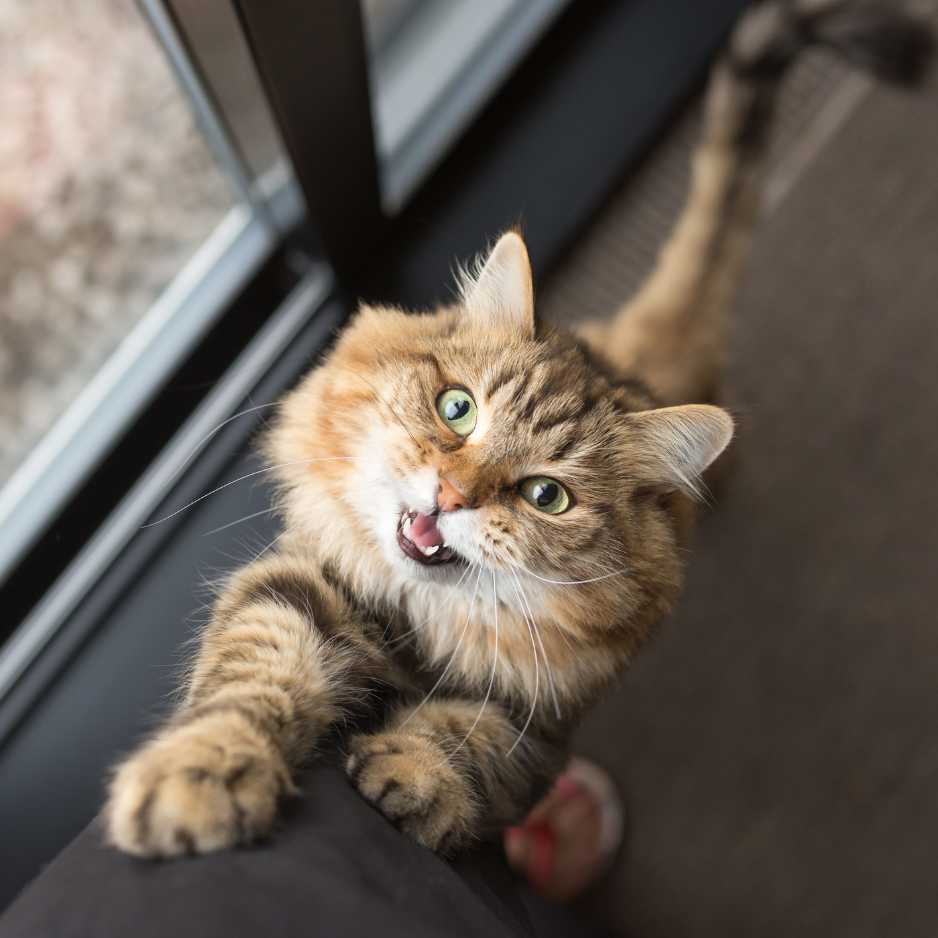
Like any pet, cats are susceptible to a variety of health issues. Preventative care and early detection can help ensure your cat stays healthy.
Regular Vet Visits
It’s recommended to take your cat to the vet for a check-up at least once a year. Regular vet visits allow for early detection of potential health issues and ensure your cat is up to date on vaccinations.
Common Health Problems in Cats
- Kidney Disease: Common in older cats, kidney disease can be managed with proper diet and treatment.
- Obesity: Overfeeding and lack of exercise can lead to obesity, which in turn can cause other health issues like diabetes and joint problems.
- Dental Disease: Cats can suffer from gum disease and tooth decay. Regular dental check-ups and proper dental hygiene are crucial.
- Parasites: Fleas, ticks, and worms are common parasites that can affect your cat’s health. Use flea treatments and deworming medications as recommended by your vet.
Spaying and Neutering
Spaying or neutering your cat is essential not only for population control but also for their long-term health. Spaying (for females) and neutering (for males) reduce the risk of certain cancers and eliminate the risk of unwanted litters.
Indoor vs. Outdoor Cats
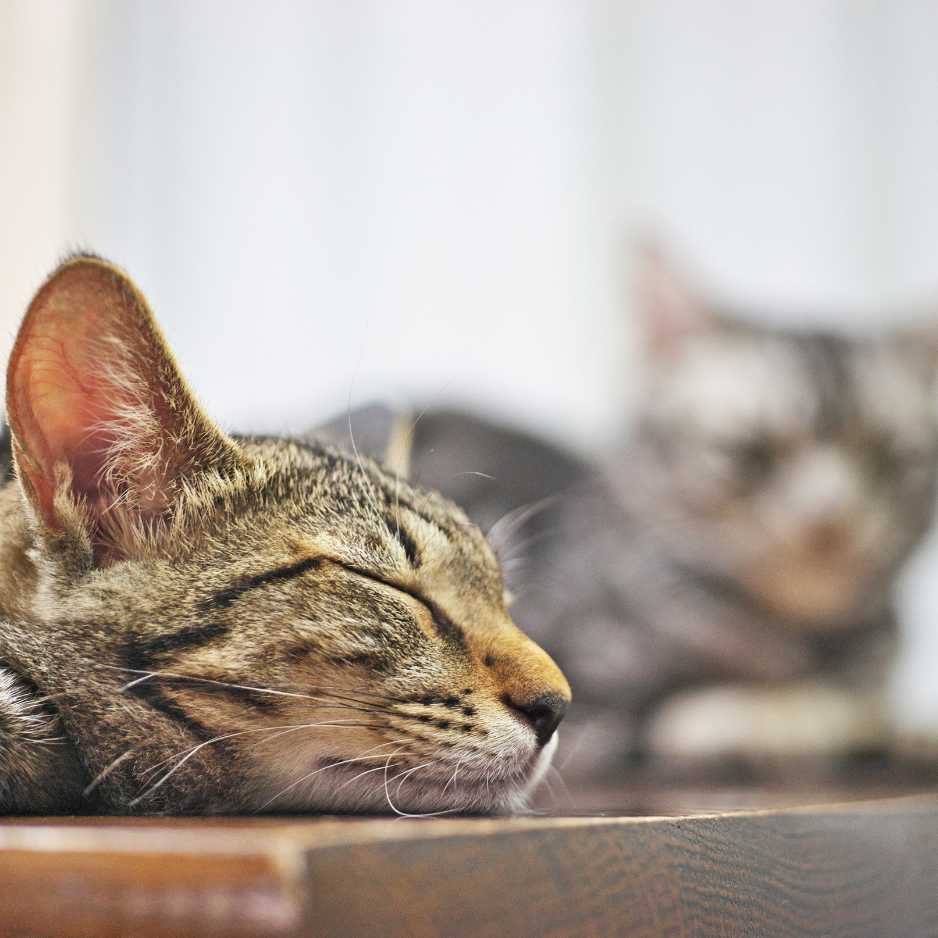
One of the big decisions cat owners face is whether to keep their cat indoors or allow them to roam outside. Each option comes with its pros and cons.
Indoor Cats
Indoor cats are safer from outdoor dangers such as traffic, predators, and diseases. They also tend to live longer, healthier lives. However, indoor cats need plenty of mental and physical stimulation to prevent boredom.
Outdoor Cats
Outdoor cats have the freedom to explore, but they are at a higher risk of injury, illness, or getting lost. If you allow your cat outside, make sure they are microchipped and vaccinated, and consider supervised outdoor time with a harness and leash.
Creating a Safe Indoor Environment
For indoor cats, provide climbing trees, window perches, and plenty of toys to keep them entertained. Interactive toys that mimic hunting behavior, such as laser pointers or feather wands, are great for engaging your cat’s natural instincts.
Cats and Their Relationship with Humans

Cats may seem aloof at times, but they form deep bonds with their owners. Their unique personality makes them great companions.
How Cats Bond with Their Owners
Cats show affection in subtle ways, such as purring, kneading, and following you around the house. Some may even bring you “gifts” like toys (or occasionally prey). Understanding these behaviors is key to strengthening your bond.
Therapeutic Benefits of Owning a Cat
Owning a cat can provide emotional and mental health benefits. Cats are known to help reduce stress, anxiety, and even lower blood pressure in their owners. The calming effect of having a purring cat nearby has been shown to have therapeutic benefits.
How to Strengthen Your Bond with Your Cat
- Spend time playing and engaging with your cat every day.
- Respect your cat’s space and allow them to come to you when they want affection.
- Provide a consistent routine for feeding, play, and rest to help your cat feel secure.
Conclusion
Cats are truly unique pets, offering companionship, entertainment, and comfort in their own special way. From understanding their personality traits and physical characteristics to providing the best care possible, owning a cat can be an incredibly rewarding experience.
Whether you’re considering adopting a new feline friend or looking to enhance your relationship with your current cat, this guide covers everything you need to know to give your cat a happy, healthy life.
FAQs About Cats
What is the best cat breed for first-time owners?
Breeds like the Ragdoll, British Shorthair, and American Shorthair are known for their calm and easygoing nature, making them great for first-time owners.
How often should I groom my cat?
Long-haired cats should be groomed daily, while short-haired cats only need weekly brushing.
What is the average lifespan of a cat?
Most domestic cats live between 12-16 years, but some can live into their 20s with proper care.
How much exercise does a cat need?
Cats need daily playtime to stay mentally and physically stimulated. Short bursts of activity, like chasing a toy, are usually sufficient.
Do indoor cats need vaccinations?
Yes, even indoor cats should be vaccinated to protect them from illnesses they might contract from other animals or pests.


